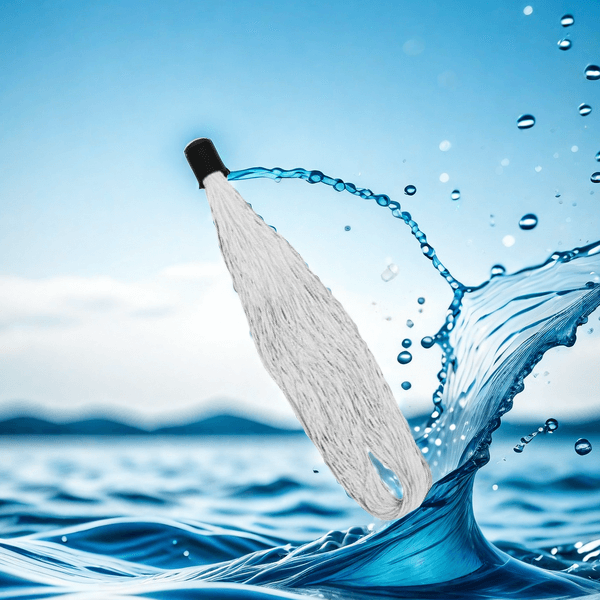What is the reason for bubbles in MBR membrane effluent?
MBR (Membrane Bioreactor) technology is widely used in the field of water treatment, but sometimes we find that MBR membrane effluent is accompanied by bubbles. So, where exactly do these bubbles come from? Below, we will delve into several main reasons for the generation of bubbles in MBR membrane effluent:
1. Pipeline leakage or interconnection of ventilation channels:
When there is leakage in the pipeline above the water surface of the MBR membrane outlet pipe, or when there is cross-talk between the water and ventilation channels in the membrane rack, it may lead to the generation of large bubbles. These large bubbles will affect the effluent flow rate, making it unstable.
2. Residual surfactants:
For newly installed MBR membranes, the small bubbles in the effluent may be caused by residual surfactants inside the membrane. These surfactants usually come from the manufacturing process of the membrane or the soaking treatment before leaving the factory. This situation is particularly evident when the MBR membrane is first opened, but it usually disappears automatically within a few days.

3. Biological pollution and fatty oils:
Excess biocolloids, colloidal particles, biofilms and other biological pollutants in sewage, as well as high concentrations of fats and oils, may form a layer of material on the surface of MBR membrane, which will lead to the generation of foam.
4. Gas entry:
In the MBR membrane tank, due to liquid level fluctuations or gas being pumped in, air and other gases may enter the ultrafiltration chamber. These gases form bubbles on the surface of the membrane, and then produce foam.
5. Microbial action:
The activated sludge in the MBR system contains a large number of microbial species, and their prolonged residence in the sludge can promote their growth. Some microorganisms (such as filamentous or branched microorganisms) are prone to forming a network structure, adsorbing particles and bubbles on the water surface, thereby increasing the surface tension of bubbles and making them more difficult to break.
To solve the problem of bubbles in MBR membrane effluent, a series of measures can be taken, such as checking and repairing pipeline leaks, adjusting ventilation channels, spraying water flow or water droplets to break up bubbles floating on the surface of water, adding an appropriate amount of defoamer, and optimizing the operating parameters of the MBR system.
